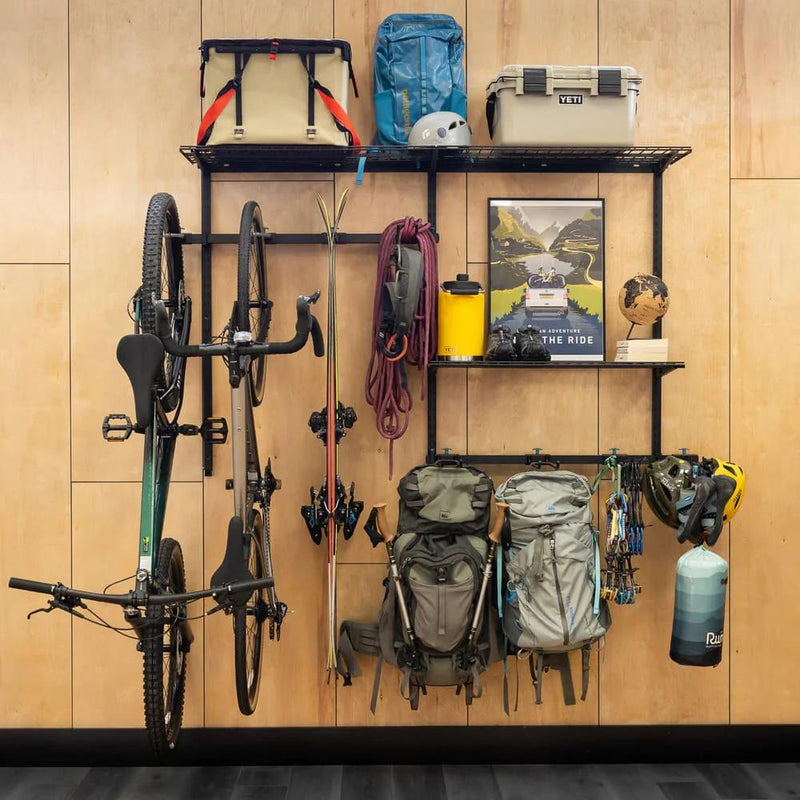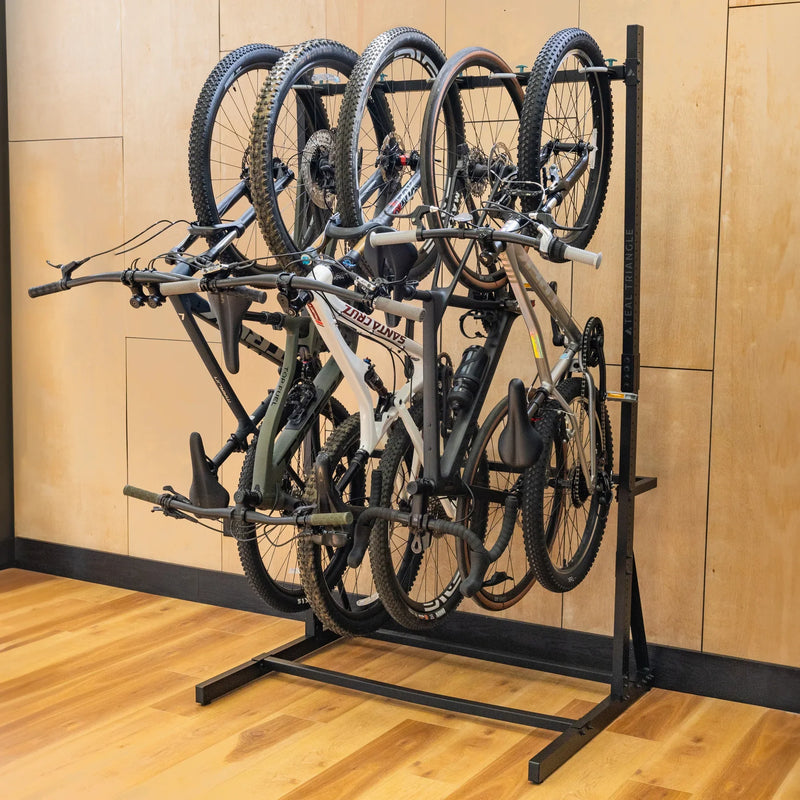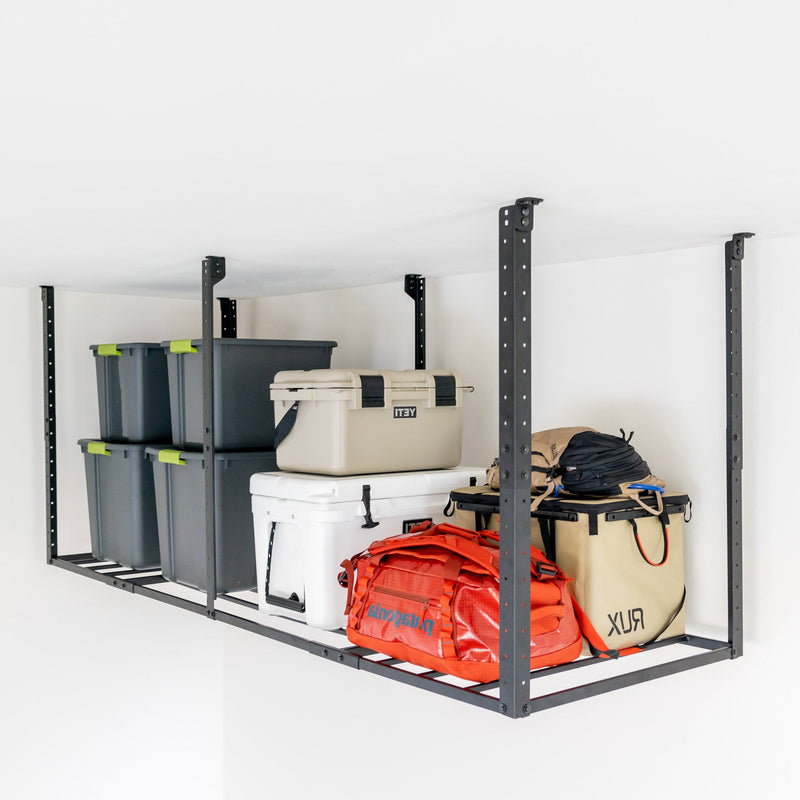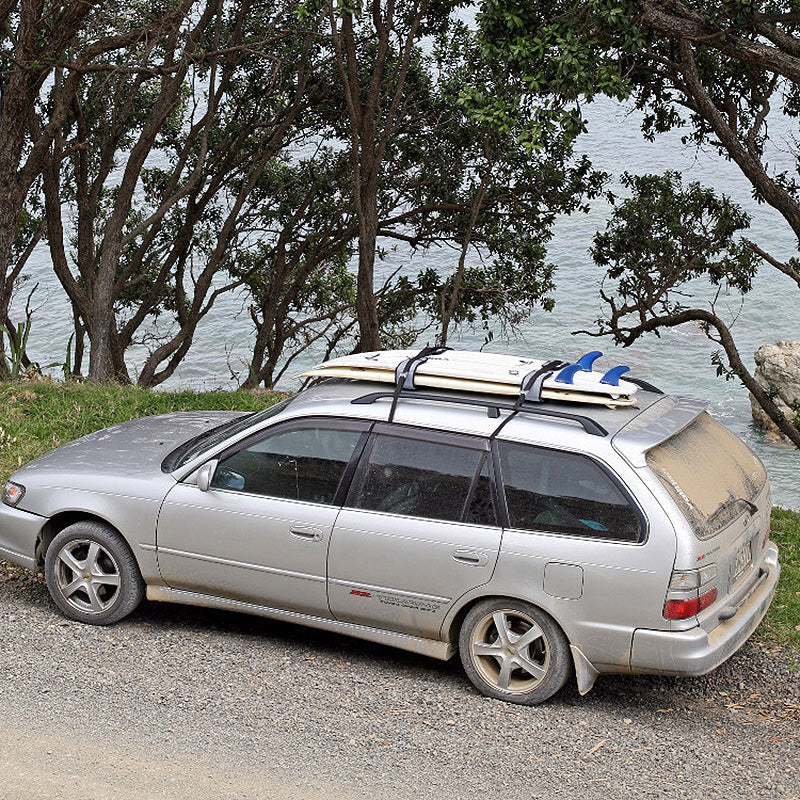Legacy Articles
Basic Skateboarding Tricks - The Ollie
The Ollie is one of the most well-known tricks in the world of skateboarding. If you are learning to skateboard, the Ollie is very important, because it is the basis...
Pro Skateboarder Christian Hosoi
Pro skateboarder Christian Hosoi has long been one of the more controversial figures in the sport. Born in 1967, he was known by the nicknames “Christ” and “Holmes” during his...
Pro Skateboarder Bam Margera
Bam Margera, whose birth name was Brandon, was born in 1979 in Pennsylvania. He earned the nickname “bam” from his grandfather after his habit of running recklessly into walls. Bam...
The Potential for High School Skateboarding Teams
Compiled by a StoreYourBoard Skating Enthusiast Did you know that skateboarding is very close to becoming a recognized high school sport? The National High School Skateboarding Association, launched in 2007,...
Skateboarding in Japan
Although skateboarding may seem like a purely American invention, and in fact the sport was created in sunny California, this activity has spread worldwide since the 1970s. In fact, skateboarding...
Skateboarding Gift Ideas
Shopping for a teenage guy? As you’ve probably realized by now, teenage boys are hard to shop for. The changing trends make it hard to choose something they will love....
The New Sport of Freeline Skating
In the world of extreme sports, freeline skates are relative newcomers. Designed in 2003 in San Francisco, inventor Ryan Farrelly was trying to design a better version of skates for...
Collecting Vintage Skateboards
Skateboarding today is a very popular sport, and many who are involved in it, whether they are riders themselves or simply spectators, collect vintage skateboards. These relics of the 1960s,...
Music and Skateboarding
Music has always been involved in the world of skateboarding since its earliest history. The counterculture of skateboarding, in fact, is known for its wide variety musical styles. Today, there...
The Importance of Proper Skateboard Storage
As summer days grow into cold winter afternoons, you'll probably be skateboarding less and less. Depending on where you live, skateboarding might be out of the question entirely during the...
How to Go Pro - Your Guide to Becoming a Sponsored Skateboarder
If you love to skateboard, you've probably thought a lot about what it would be like to go pro. Pro skateboarders travel around the world to compete are known the...
Skateboarding Articles
Shop our skateboard collection for storage that shows off your boards. How to Go Pro - Your Guide to Becoming a Sponsored SkateboarderIf you love to skateboard, you've probably thought a...








